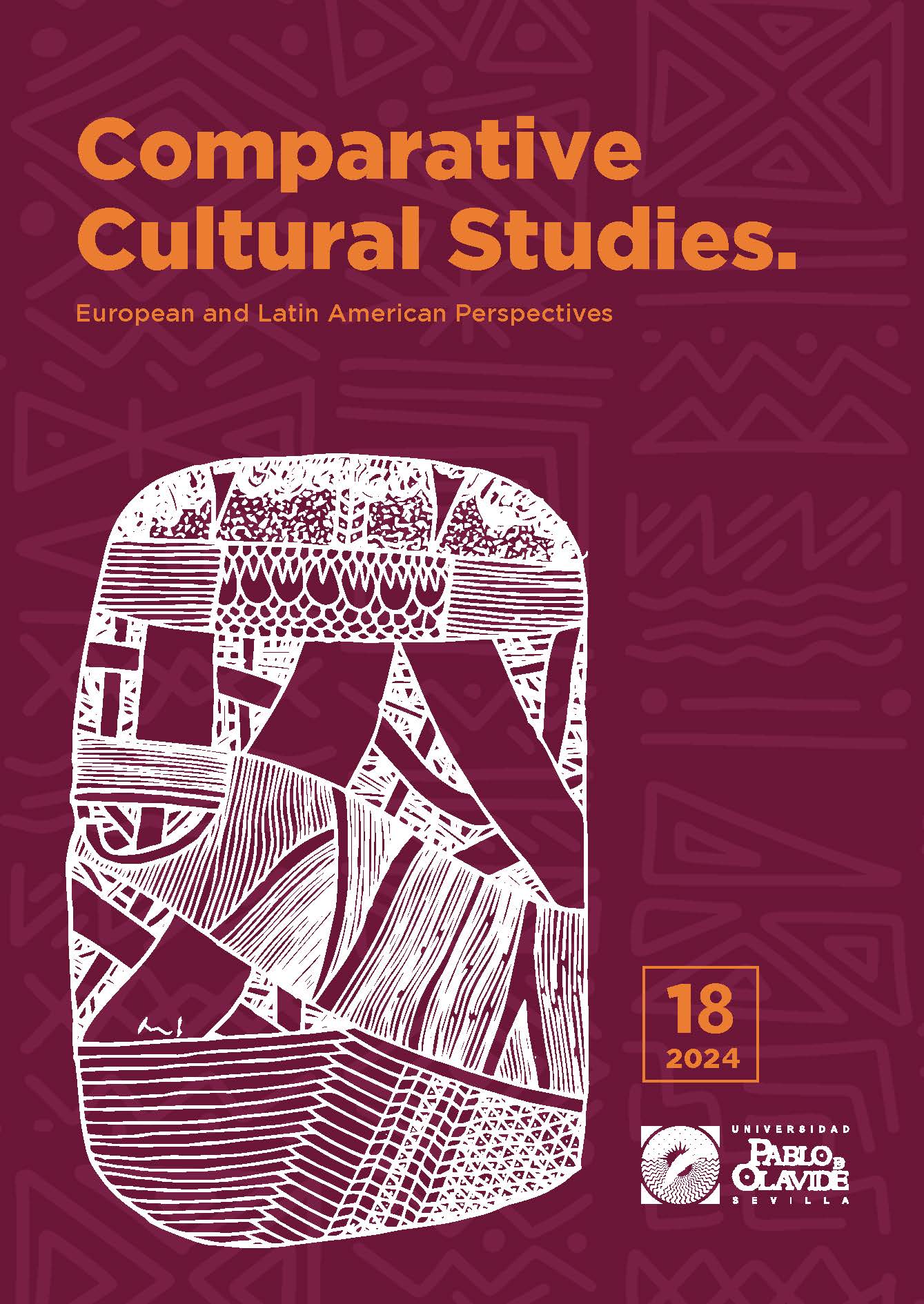Contributions of Arhuaca women to the sustainable territorial development of their communities
DOI:
https://doi.org/10.46661/ccselap-9653Keywords:
Indigenous women, Arhuaca women, Community development, Indigenous literature, Oral tradition, Sierra Nevada de Santa MartaAbstract
Over the years, indigenous communities have been able to assert many of their fundamental rights through collective struggles. In these struggles, women have also sought to make visible their participation and contribution to the preservation of knowledge and community practices, as well as to play a leading and decisive role in the political, social and economic spheres of their communities. This document shares and reflects on the particular and transformative experiences of indigenous women from the Arhuaco Resguardo of the Sierra Nevada de Santa Marta, Colombia. These stories highlight the participation and impact of women in activities such as food sovereignty, the rescue of cultural memory, the implementation of self-justice, especially in the defence of the rights of girls and women, and other aspects such as education, indigenous literature and the creation of solidarity networks among indigenous women. Finally, some reflections are made on the need to achieve parity in decision-making positions within indigenous communities. This is despite the fact that women in this area are already leading this struggle, which in the medium term will allow them greater socio-political participation and greater involvement in local and national community decisions.
Downloads
References
Aylwin, J. (2014). Los derechos de los pueblos indígenas sobre la tierra y el territorio en América Latina y el Convenio 169 de la OIT. Convenio 169 de la OIT: Los desafíos de su implementación en América Latina a 25 años de su aprobación, 46-61.
Benavides, F., Caviedes, D., & Peña, W. (2020). Ámbitos de participación sociopolítica de la mujer indígena colombiana: de lo comunitario hacia la inclusión nacional. Ciencia Política, 15(30), 65-86. https://doi.org/10.15446/cp.v15n30.88149
Camacho-Segura, J., Olmos-Pinzón, A. (2023). Ruta de atención y restitución de derechos en casos de violencia sexual de la Casa de Gobierno Ati Kwakumuke de Pueblo Bello (Cesar). Instituto Colombiano de Antropología e Historia. Consultado en: https://publicaciones.icanh.gov.co/index.php/picanh/catalog/view/264/307/3108. https://doi.org/10.22380/9786287512375
Comisión Interamericana de Derechos Humanos (CIDH). (2006). Las mujeres frente a la violencia y la discriminación derivadas del conflicto armado en Colombia. Recuperado de http://www.cidh.org/countryrep/ColombiaMujeres06sp/Informe%20Mujeres%20Colombia%202006%20Espanol.pdf [ Links ]
Duran-Izquierdo, M., & Olivero-Verbel, J. (2021). Vulnerability assessment of Sierra Nevada de Santa Marta, Colombia: World's most irreplaceable nature reserve. Global Ecology and Conservation, 28, e01592. https://doi.org/10.1016/j.gecco.2021.e01592
Figueroa, I., Franco Novoa, N.M. (2020). El marco jurídico del enfoque diferencial en políticas públicas para mujeres indígenas en Colombia. Estudios Políticos, (57), 71-90. https://doi.org/10.17533/udea.espo.n57a04
Flores-Ramírez, R., Berumen-Rodríguez, A. A., Martínez-Castillo, M. A., Alcántara-Quintana, L. E., Díaz-Barriga, F., & Díaz de León-Martínez, L. (2021). A review of Environmental risks and vulnerability factors of indigenous populations from Latin America and the Caribbean in the face of the COVID-19. Global public health, 16(7), 975-999. https://doi.org/10.1080/17441692.2021.1923777
Le Saout, S., Hoffmann, M., Shi, Y., Hughes, A., Bernard, C., Brooks, T. M., ... & Rodrigues, A. S. (2013). Protected areas and effective biodiversity conservation. Science, 342(6160), 803-805. https://doi.org/10.1126/science.1239268
Mariátegui, J. C. (1928). Siete ensayos de interpretación de la realidad peruana. Lima.
Mishra, M., Sudarsan, D., Santos, C. A. G., Mishra, S. K., Kar, D., Baral, K., & Pattnaik, N. (2021). An overview of research on natural resources and indigenous communities: a bibliometric analysis based on Scopus database (1979-2020). Environmental monitoring and assessment, 193(2), 59. https://doi.org/10.1007/s10661-020-08793-2
Downloads
Published
How to Cite
Issue
Section
License
Copyright (c) 2024 Margareth Duran-Izquierdo, Atikeinis Durán-Izquierdo , Ati Durán-Izquierdo

This work is licensed under a Creative Commons Attribution 4.0 International License.
This licence allows third parties to share (copy and redistribute the material in any medium or format) and adapt (remix, transform and create from the material for any purpose, including commercial purposes), provided that authorship and first publication in this journal (The Journal, DOI of the work) is acknowledged, a link to the licence is provided, and it is stated whether changes have been made to the work.







